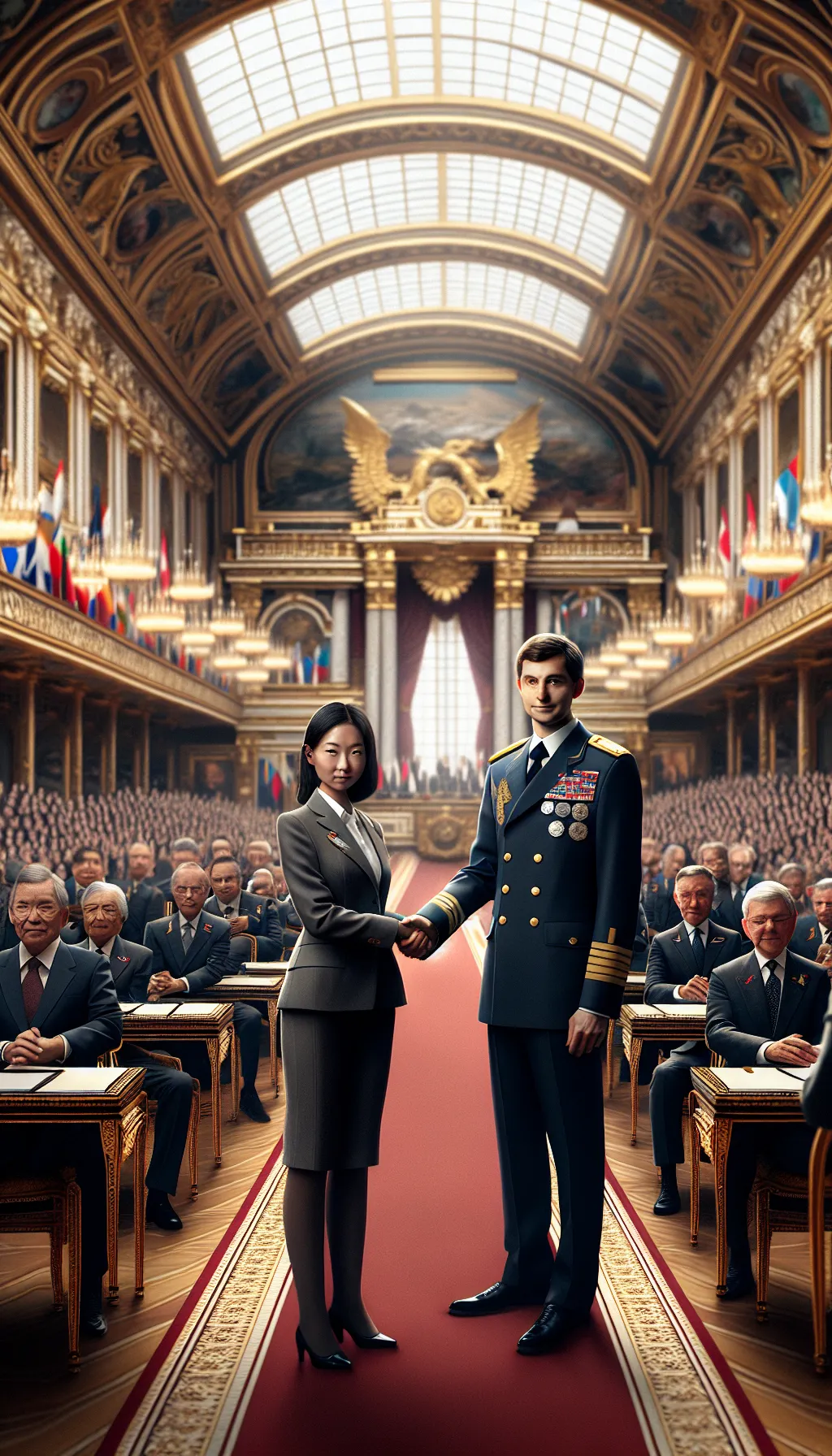France – Bridging the Divide: The NATO-Russia Founding Act of 1997
TLDR;
- Event: The NATO-Russia Founding Act was signed on May 27, 1997, in Paris, marking a significant step towards post-Cold War cooperation.
- Purpose: Established the Permanent Joint Council to foster dialogue and reduce conflict risks between NATO and Russia.
- Challenges: Faced skepticism, especially in Russia, over NATO’s expansion and the feasibility of genuine cooperation.
- Legacy: Represented a hopeful yet cautious move towards peace, with underlying tensions over NATO’s eastward expansion remaining unresolved.
–
Story
In the grand halls of the Elysée Palace in Paris, on May 27th, 1997, a historic handshake echoed through the corridors of power. The world watched as NATO and Russia, once bitter adversaries, took a monumental step towards peace and cooperation. The signing of the NATO-Russia Founding Act was not just a diplomatic formality; it was a beacon of hope in a world still shadowed by the Cold War’s long reach.

The Cold War had left Europe divided, a continent scarred by decades of tension and mistrust. As the Soviet Union dissolved, a new era beckoned. Yet, the path to reconciliation was fraught with challenges. NATO, a symbol of Western military might, and Russia, the heir to the Soviet legacy, needed a new framework to guide their interactions.
The Founding Act was that framework. It established the Permanent Joint Council, a platform for dialogue and cooperation on security issues. It was a promise to work together, to build trust, and to reduce the risk of conflict. The Act was a testament to the power of diplomacy, a recognition that dialogue could replace division.
But the road was not without its bumps. Skeptics, particularly in Russia, questioned the sincerity and feasibility of such cooperation, viewing NATO’s expansion as a threat, while NATO members remained cautiously optimistic. The Act was a bold step, but it was only the beginning of a complex journey.
As the ink dried on the agreement, the world held its breath. Yet even then, unresolved tensions—particularly over NATO’s eastward expansion—loomed, leaving questions about whether this was a lasting peace or a fragile truce.
–
| Would a different approach to NATO-Russia relations have changed the course of history? |